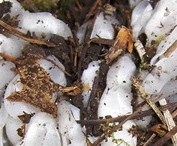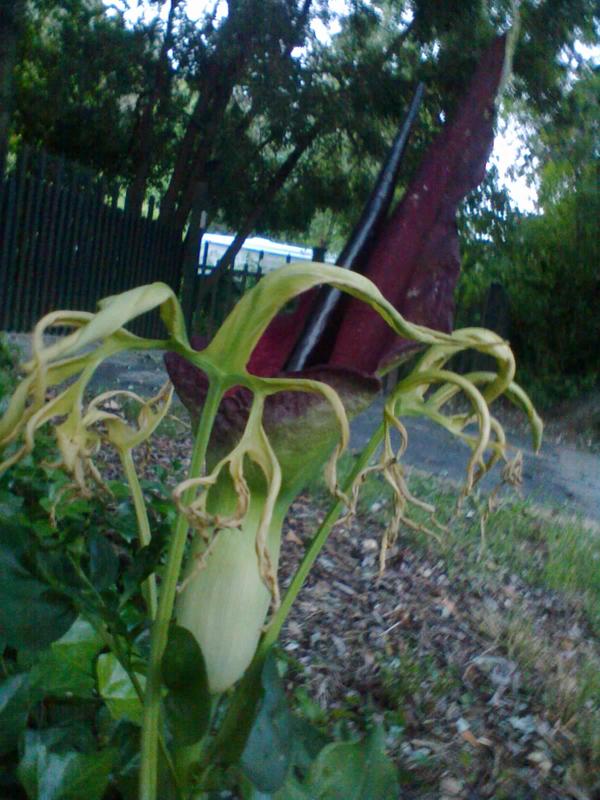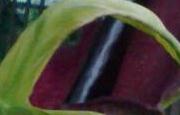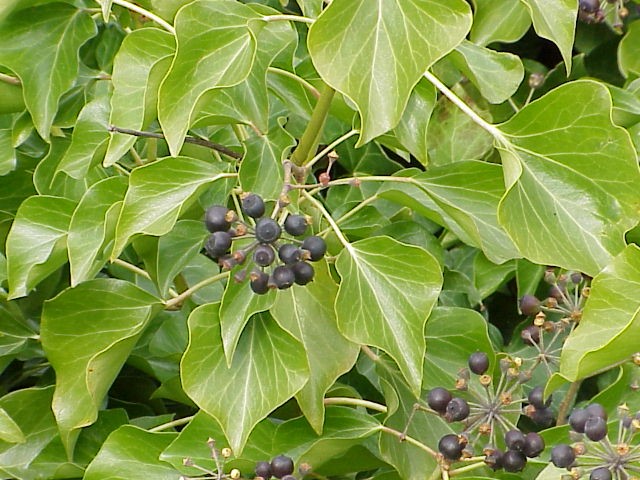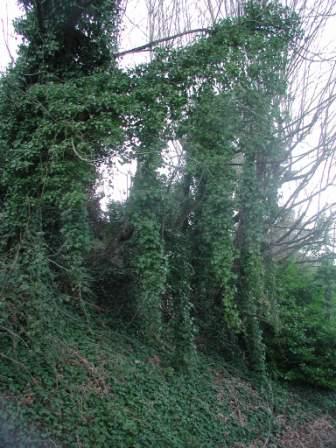
I’ve been thinking a lot about Jeff’s recent post on “What happens to the horticulturist.” It’s true – universities rely more and more on faculty-generated grants for funding, so new hires tend to be in “hot” areas of research. Fewer horticultural generalists are hired in teaching/research positions, and the same is true for Extension – the educational outreach arm of land-grant universities.
Many of you might not even know what Extension really is. In my opinion, that’s because Extension as a whole has done a pretty poor job of evolving with the times. When small farms were the mainstay of life for many people, farmers relied on practical, science-based information provided by university Extension services. We’ve become an increasingly urbanized society, but Extension just hasn’t kept up. The bulk of the research and information coming from plant and soil science departments is still geared towards production agriculture. It’s of little immediate use for the majority of us living in urban areas.
So we have an imbalance: there are increasing numbers of people living in urban areas who want good information on home gardens and landscaping, and decreasing university resources to fill those gaps. Nature hates a vacuum, and this information gap is quickly filled with all kinds of stuff: some good, some bad, some dangerous, some illegal. The very worst offenders, in my opinion, are the fear mongererss with most definite agendas but no solid evidence to support their claims. For instance: I’m always skeptical when I hear about an article in an “obscure journal” being the only source of new information. If there was something new out there on an important topic, the researchers would not be publishing in an “obscure” journal. It would be in a highly visible and highly regarded scientific journal. In any case, the information would be easy to find and discuss, not hidden away in a secret location.
I don’t have a good way to end this post, because I don’t have an easy answer to the problems that both Jeff and I see in horticulture departments and in Extension. Do you?


